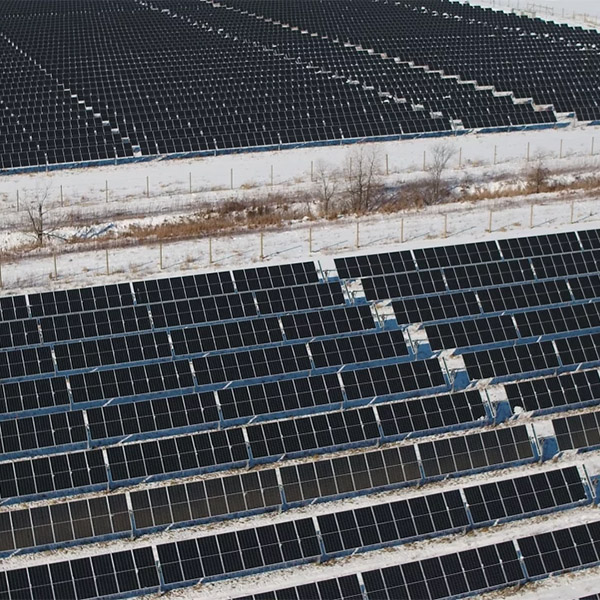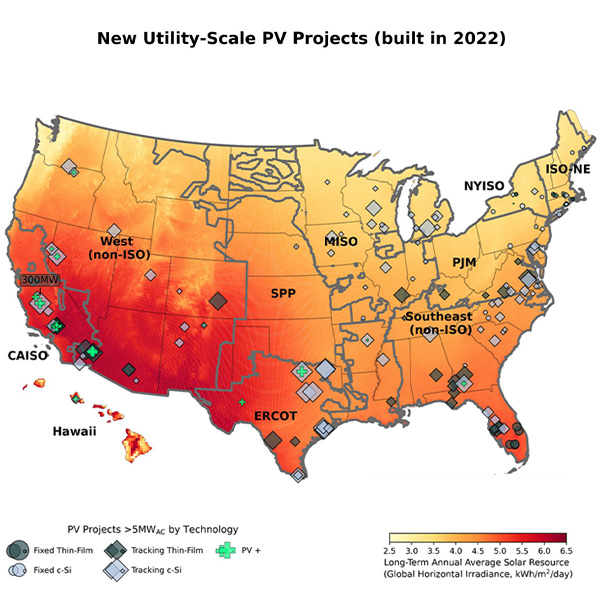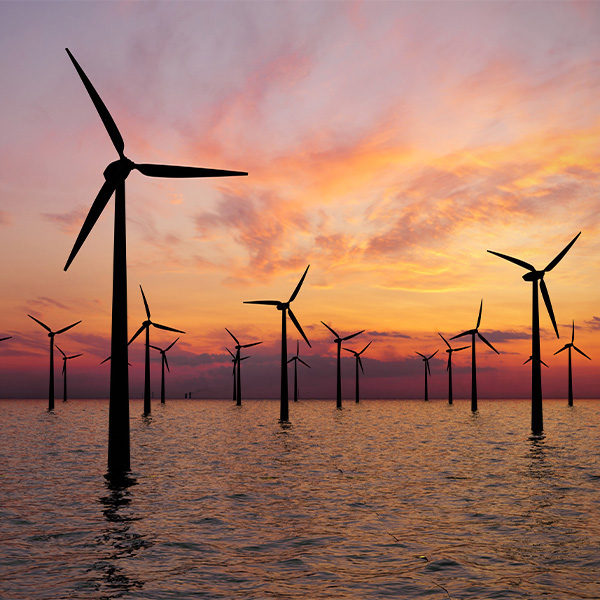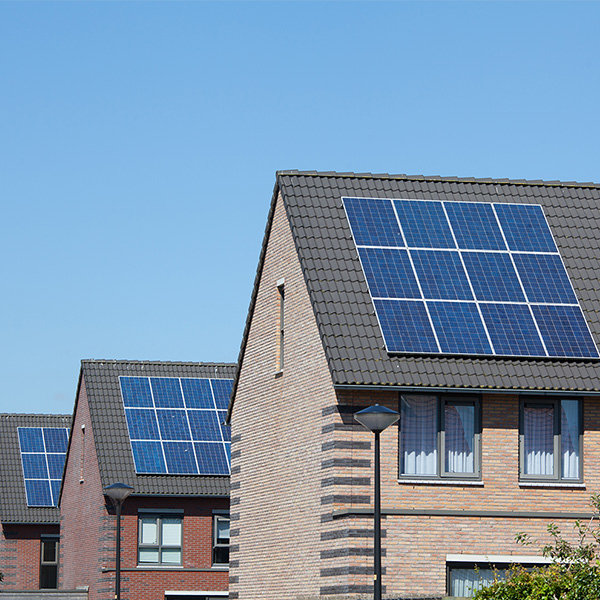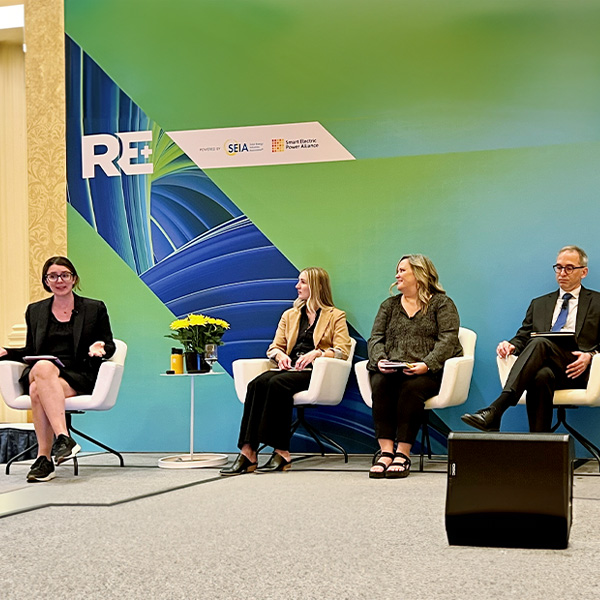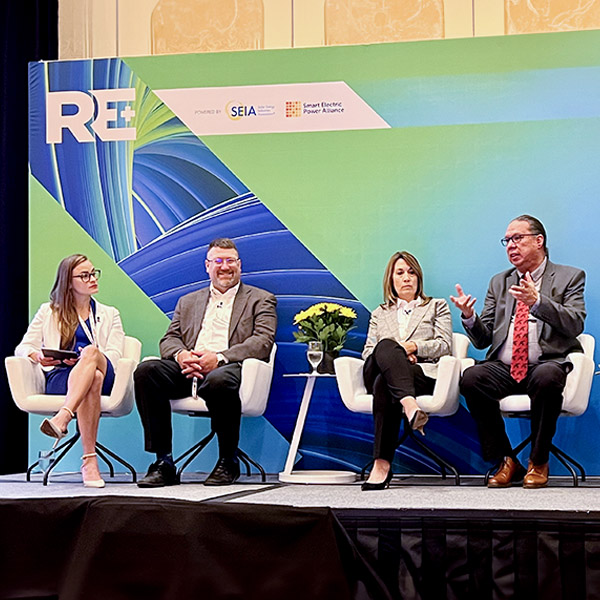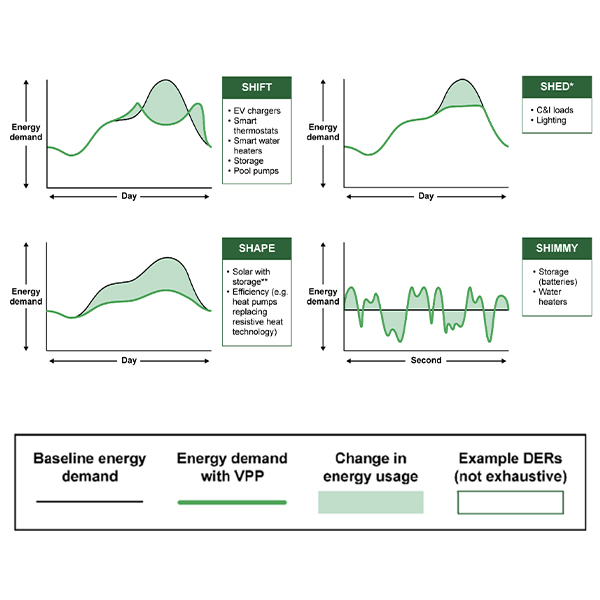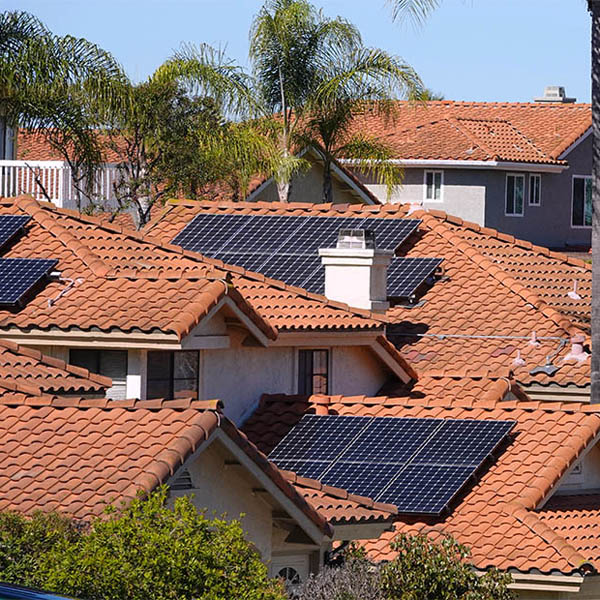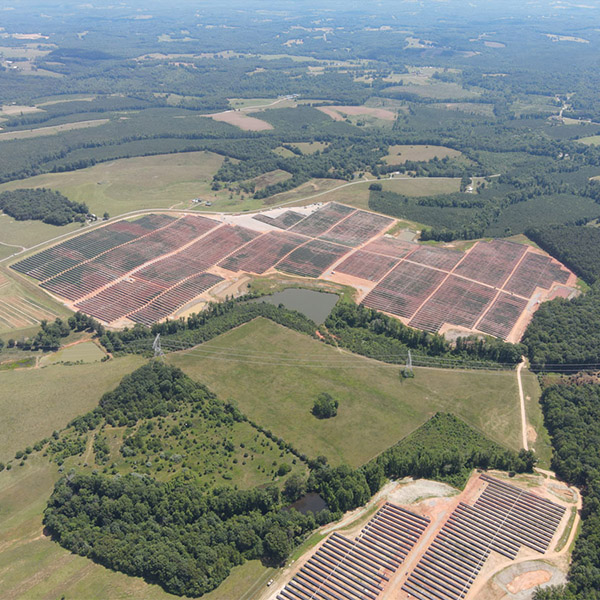Solar Power
Legislation that would give Michigan regulators siting authority for major renewable projects drew praise from supporters and outrage from opponents.
After a down year, the Berkeley Lab sees new utility-scale solar capacity increasing more than fourfold by the mid-2030s to over 50 GW per year.
DOE gets business friendly. “The private sector has heard that DOE wants to hear their opinions and is willing to be responsive to what they have to say," said LPO Director Jigar Shah.
New Jersey agreed to extend the deadline by which developers with solicitations pending in other states can drop out of its third solicitation.
The Net Metering Flexibility Act allows solar customers who generate their own electricity to accrue credits indefinitely, instead of only for a year.
Utilities and customers both benefit when proactive hosting capacity planning is used to get ahead of the rising demand for distributed energy resources, panelists at the RE+ conference in Las Vegas said.
The challenge of unlocking the renewable energy development of tribal lands goes beyond financing, and requires respect, patience and innovation.
The Department of Energy released a report outlining how to bring more virtual power plants online, which can be a money-saving way of helping to balance the grid and maintain resource adequacy.
Installed small-scale solar capacity increased by an estimated 6.4 GW in 2022 — a record amount, even amid supply chain constraints and rising costs.
The Virginia SCC approved Appalachian Power's purchases under the state renewable portfolio standard for the next fiscal year.
Want more? Advanced Search
